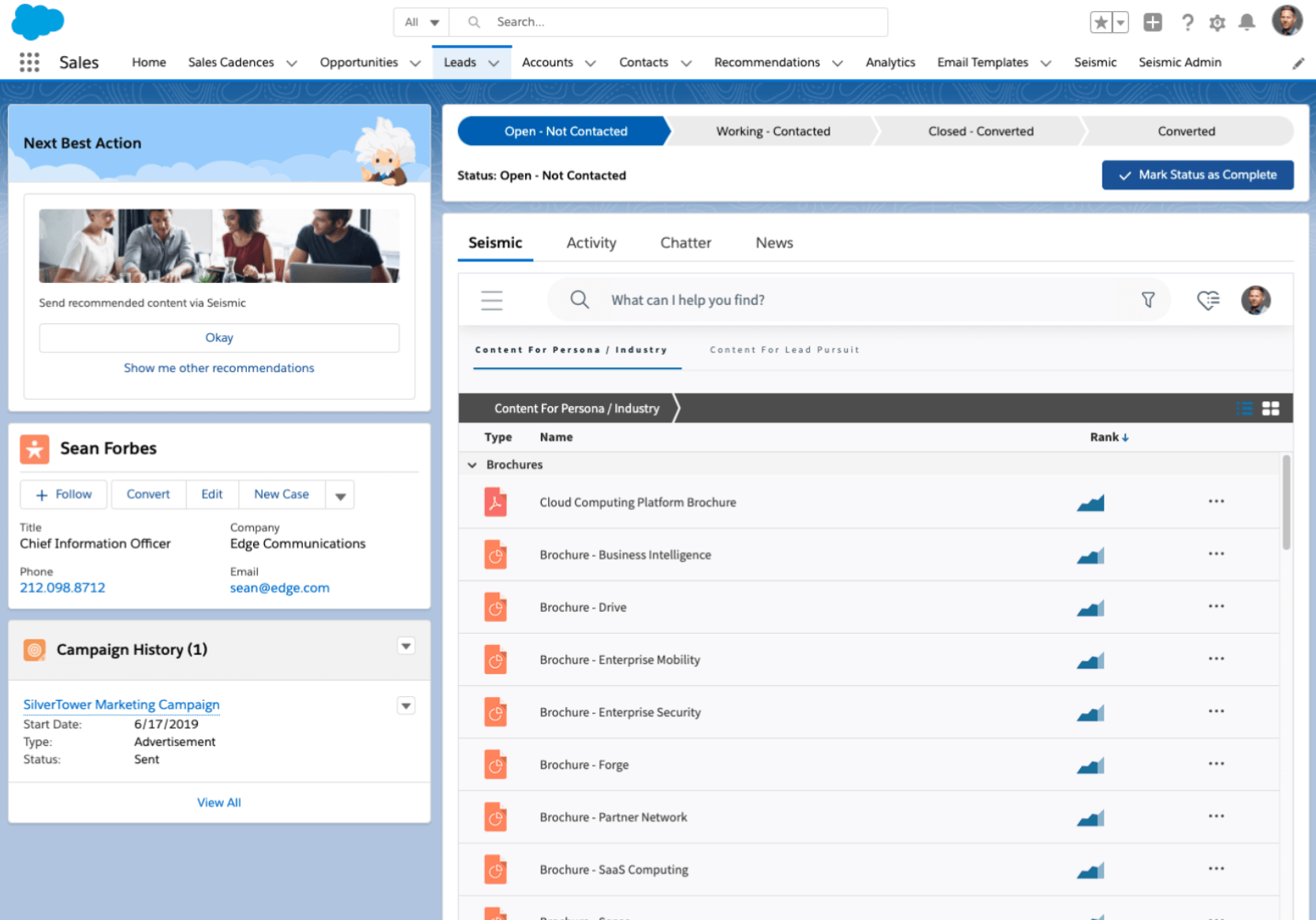“No man is an island entire of itself; every man
is a piece of the continent, a part of the main;” — John Donne
It’s a good bet that your organisation owns more assets than it knows about. There are dusty cupboards in forgotten corners of offices all over the world where there are likely stashes of old technology, reams of printer paper, and boxes of stationery ordered for long-forgotten events. With time, companies accrue, for lack of a better term, “stuff” — and that’s never truer than in terms of data.
In technology circles, those often forgotten stores of informational resources are termed silos. They are, on occasion, totally isolated (like the old desktop PCs gathering dust in room 26C, third floor), but more commonly are simply inaccessible to other digital systems. Wouldn’t it be a good idea to put all those discrete pieces of information together to help the business?
Pulling together the discrete threads of knowledge so stored is a relatively simple task, given the right tools. Sales teams’ software can, for instance, connect to finance software for up-to-date information regarding the accounts of clients. The design department’s latest materials regarding product lines can be made automatically available to the rest of the company as soon they are published, and as new SKUs are registered with the company CRM, they’re immediately available as part of the sales team’s offerings.
That’s the premise – and the reality – of the powerful integration abilities of the Seismic sales enablement solution. With just a few clicks of a mouse by systems administrators, companies can connect all relevant resources and place them at sales professionals’ fingertips. There is a comprehensive list of the applications where pre-built connections are available; its members include communication and collaboration platforms, data storage apps, marketing technologies, and many more. If your company uses applications such as Slack, HubSpot for CRM and inbound marketing, Box for digital document management, Outreach or Brainshark, linking Seismic with these powerful point products can help unlock resources to become an integral component of the sales cycle.

Source: Seismic
The centerpiece applications
Many businesses leverage the overarching power of monolithic ERP and CRM systems such as Microsoft Dynamics, NetSuite, or Salesforce. As much as possible, the business places most of its information in these highly secure and reliable platforms, where it can be reached and utilised by teams from across the business. A typical ERP installation may include different modules designed for specific business operations, but the core principle is one of information: one version, against which all decisions can be based.
A great case in point is Salesforce, a platform that runs in thousands of businesses worldwide, offering a range of functionality right across divisions or departments. It’s a company that clearly thinks big – its purchase of Slack completed July 2021, a move presumably designed to embed collaboration and communication more deeply into its offerings.
Seismic’s integration with Salesforce goes deep, allowing salespeople access to automatically-generated relevant content to every buyer or prospect on record. Automatically selected media and messaging can be personalised and then sent quickly via Salesforce’s powerful communications hub.
Customer engagement is measured too, so decision-makers will have a much better idea as to what’s working in a sales deck and what’s less effective. As deals progress, the combination of Salesforce and Seismic produces contextually relevant recommendations to the team and will create a collaborative space for each deal or client where stakeholders can access and work on all materials associated with a deal.
The canonical record of information is used in contexts shaped by the Seismic platform, so sales teams keen to drive more results and keep finessing their processes, materials, and decks have the information and tools to do so. As deals move towards closure, teams can see where clients interact with the different parts of a proposal, allowing them to improve offerings, tweak details and add incentives to get the deal over the line.
Instead of resources in the form of vital insights and information being locked away where it offers no value to the enterprise, the integrative capabilities of Seismic mean that all a company’s technology investments can be leveraged to best effect. Whether you live inside Salesforce daily or need to create greater synergy between sales and marketing operations, the key lies in ensuring systems (and people) work better together. “No application is an island” is less poetic but more pertinent to many organisations today.
To find out more about how Seismic’s connectivity can help unlock your data silos and get sales professionals reaching more prospects more effectively, get in touch with the Seismic team.









